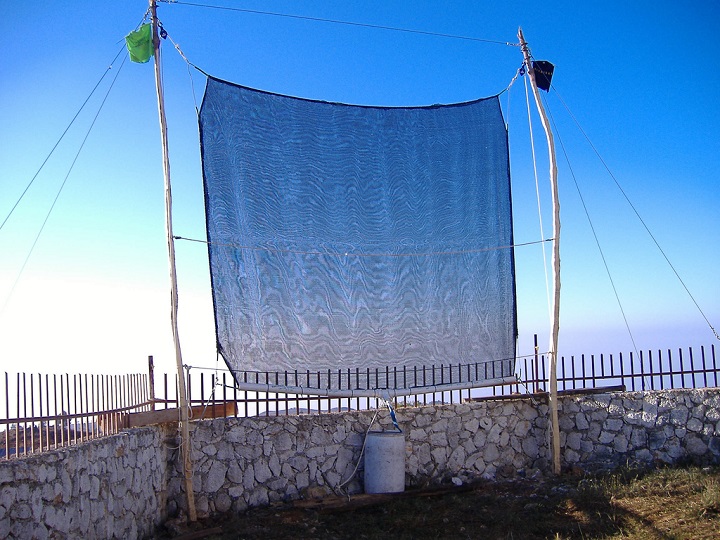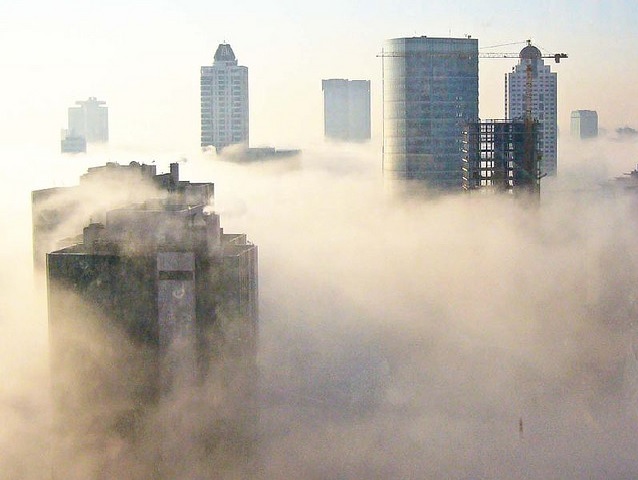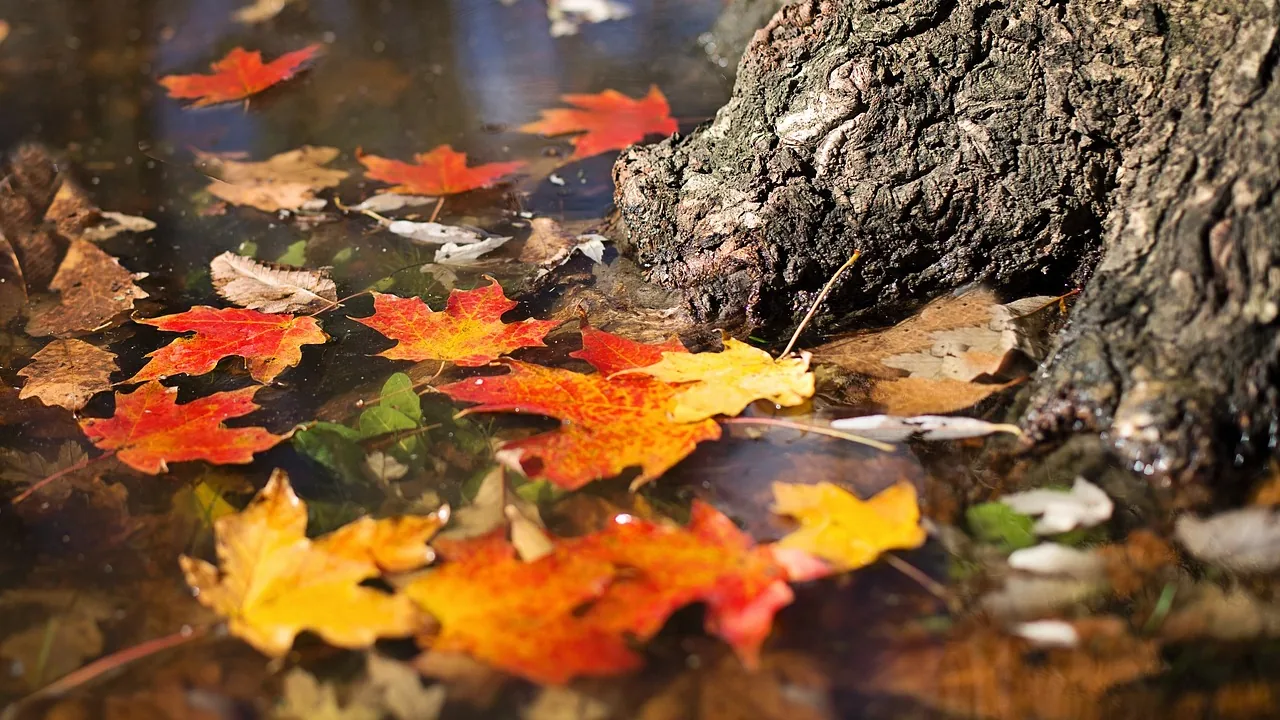It had been a month since seven year old Jacky moved to Delhi, India. Winters were setting in the northern part of the country. Jacky had moved in from Mumbai, another very popular city in India. Mumbai for the most part of the year was warm and humid. Jacky was slowly getting used to the cold weather.
One morning, Jacky woke up only to be stunned by what she saw outside her window. Her house was floating in white clouds. Nothing else was visible. She screeched with joy, “Mom, we are in heaven!”
Really? Is that what had happened overnight? Had her house magically levitated to the skies, amongst fluffs of cottony clouds in heaven?
No.
What Jacky was experiencing for the first time in her life was ‘Fog‘. How does it happen? When the temperature drops, the water vapor in the air condenses to form water droplets. These water droplets attach themselves to the dust particles in the air. Together, they hang in the air. This reduces visibility and creates a cloudy appearance. This is what is known as Fog. So, you can think of fog as clouds that are very close to the ground.
For the fog to happen the air must have both moisture and particles. More humid and polluted air creates dense fog.
Advertisement
There can be different types of fog. Pea souper is a kind of fog that is created when air is highly polluted with soot particles. The fog thus created has a blackish appearance and extremely reduced visibility. In December of 1952, pea souper engulfed the city of London for full 4 days wrecking a havoc. Valley fog is formed by air trapped in the valley.
Do you know where is the foggiest place on Earth? It’s Grand Banks in Newfoundland, Canada. The meeting of cold Labrador current with warm Gulf Stream current causes fog almost every day of the year.
Fog reduces visibility to less than one kilometer. It is difficult to go about daily chores in the foggy fog. Traffic on the road moves at a snail’s pace due to low visibility. Flights get delayed, sometimes cancelled due to fog. But is fog all bad??
Not really! Fog has been used since ancient times to harvest water. Then, fog was trapped in pots and vessels. These days, huge screens are put up in the way of fog. The water then collected from the fog is channelized into a storage tank. These screens are called ‘Fog Catchers’.

Jacky encountered fog first time in her life. But do you encounter fog frequently? Do you have a foggy fog story to tell us. Let us know.





Leave a Reply